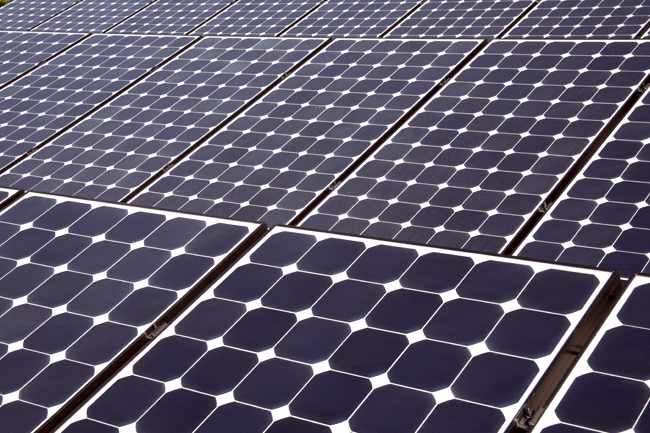It took just six months for Namibia to formulate the final draft of its renewable energy policy, which sets a 2030 target of 70% renewable energy. The policy provides the country’s government with guidance on developing the renewable energy sector, as well as how to increase the contribution of power from clean sources in Namibia’s electricity mix.
This includes addressing the problem of inadequate access to electricity (especially in rural areas) and ensuring energy sector development is climate-resilient, among others.
According to an ESI Africa report, work began on the draft in February this year, with a strict time limit of six months. The final report was presented to stakeholders in early August.
The draft contains four primary options, including a wind/solar-based scenario with the Kudu offshore gas field, as well as a hydro-based scenario without Kudu. The strategy incorporates three main stages, namely inception; gaps and needs analysis; and policy formulation.


